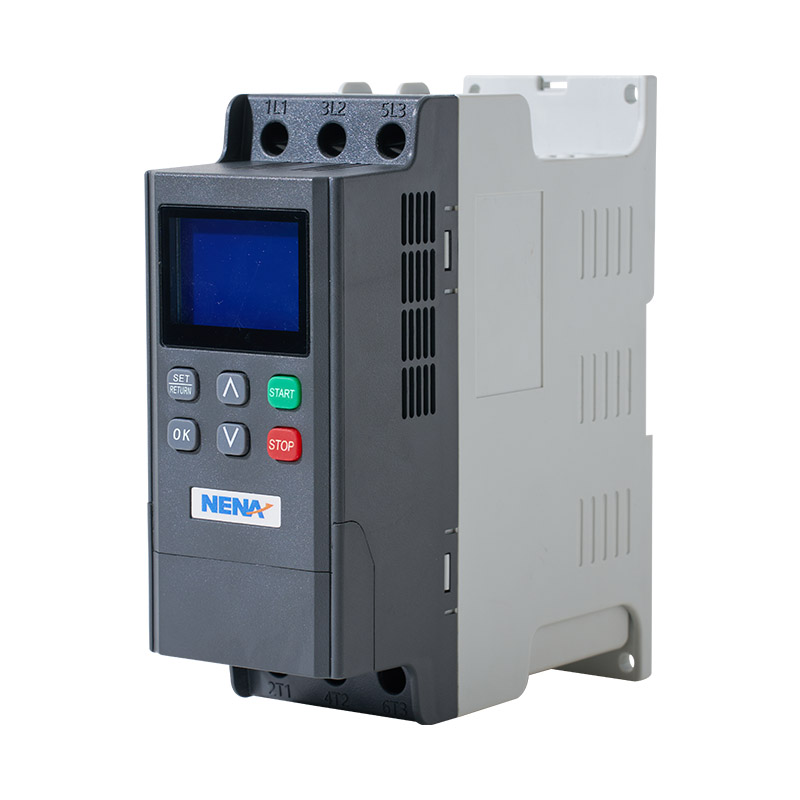Motor soft starter technology plays a significant role in managing the demanding task of starting large electric motors. Unlike direct-on-line starting, a motor soft starter gradually increases the voltage applied to the motor during its initial acceleration phase. This controlled ramp-up significantly reduces the inrush current and the associated mechanical stress on both the motor and the driven equipment, such as pumps, fans, or conveyors.

The fundamental principle involves using semiconductor components, like thyristors or silicon-controlled rectifiers (SCRs), to regulate the voltage supplied to the motor windings. By controlling the firing angle of these semiconductors, the motor soft starter effectively limits the initial torque surge. This results in a smooth, controlled acceleration, preventing sudden jolts that can damage couplings, gearboxes, belts, or the product being processed. For applications involving pumps, it also helps mitigate water hammer effects in piping systems.
Selecting a suitable motor soft starter involves considering several factors. Motor specifications (voltage, current, power rating) are paramount. Equally important is the load type – whether it's a high-inertia load (like a large fan) requiring extended ramp times or a constant torque load (like a conveyor). The required starting torque profile and any specific control or communication features needed for integration into broader systems should also guide the selection. Modern soft starters often offer adjustable parameters like initial torque, ramp time, and stopping profiles (like soft stop or pump control modes), along with integrated protection features against overloads, phase loss, and under/over voltage.
The benefits of implementing a motor soft starter extend beyond just protecting machinery. By reducing inrush current, they lessen the stress on the electrical supply infrastructure, potentially avoiding voltage dips that could affect other connected equipment. This can be crucial in facilities with limited power capacity or sensitive processes. While not primarily designed for continuous energy savings like variable frequency drives (VFDs), the reduction in mechanical stress translates to lower maintenance costs and extended lifespan for motors and mechanical components, contributing to overall operational efficiency.
Compared to traditional star-delta starters, motor soft starter systems typically offer more precise control over the starting characteristics and smoother operation. They provide a practical and often cost-effective solution for applications where full speed control isn't necessary but controlled starting and stopping are essential for reliability and longevity.






